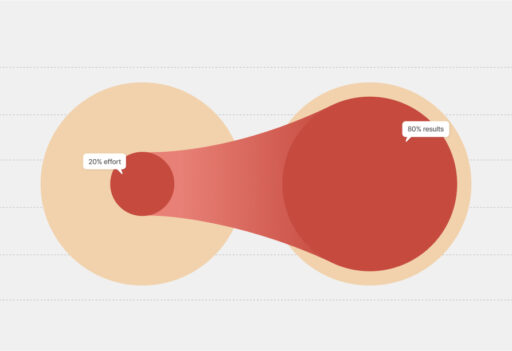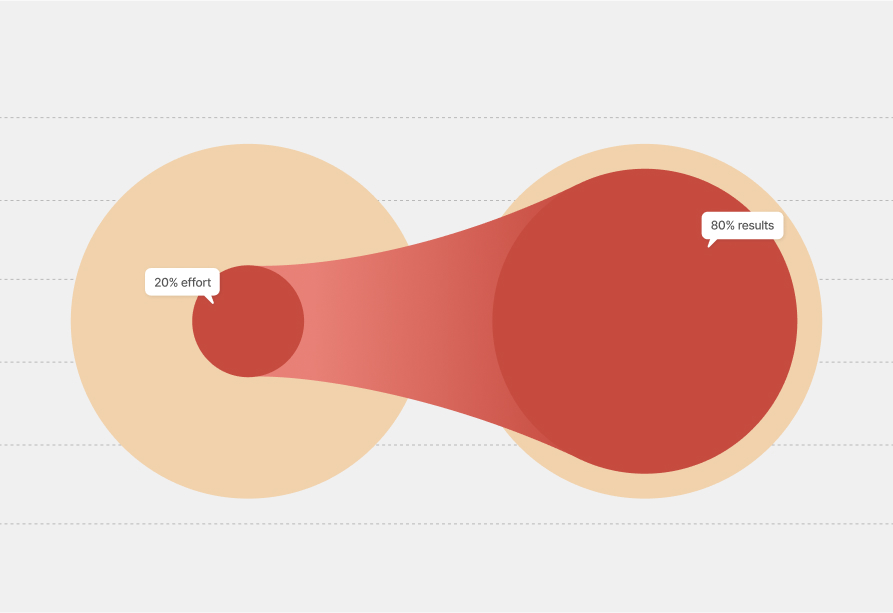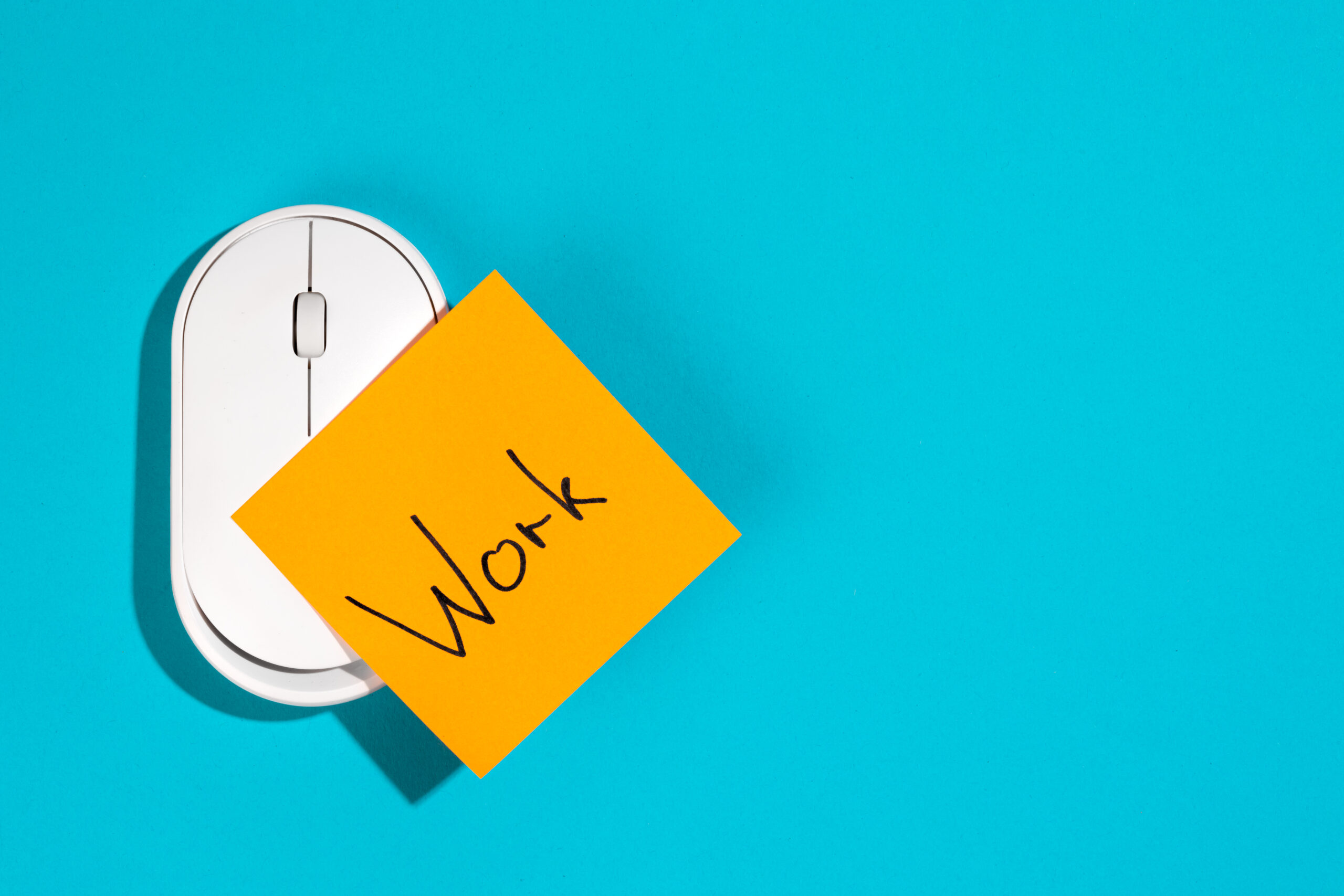The idea that you can achieve more by doing less sounds too good to be true, but that’s exactly what the 80/20 rule productivity concept is about. By understanding and applying this powerful principle, you can transform your workflow, sharpen your focus, and achieve better results with less effort. Let’s dive into how to use the 80/20 plan to boost productivity and improve your work-life balance.
What is the 80/20 Rule?
The 80/20 rule, also known as the Pareto Principle, was first introduced by Italian economist Vilfredo Pareto in the late 19th century. Pareto observed that 80% of outcomes often come from 20% of the efforts. This principle applies to almost every area of life – from business performance to personal habits.
In the context of productivity, the 80/20 rule encourages you to identify the 20% of tasks that generate 80% of your results – and then focus your energy on those high-impact activities.
Fun Fact: According to research published by Harvard Business Review, professionals who prioritize their top-value tasks using Pareto’s Principle report a 25% boost in overall productivity.
Why the 80/20 Rule is Essential for Remote Work
When working remotely, mastering the 80/20 rule productivity is even more critical. Remote work often blurs the boundaries between professional and personal life, making getting caught up in low-priority tasks easier. By identifying and focusing on your most impactful 20% of activities, you can avoid distractions, stay organized, and deliver better results in less time. Remote workers who apply this principle effectively are more likely to maintain balance, meet deadlines, and excel in their roles.
How to Apply the 80/20 Rule for Productivity
1. Identify Your High-Impact Tasks
Take a closer look at your daily to-do list. Ask yourself: Which tasks drive the most progress? Identify the top 20% of activities that contribute to 80% of your results. These are your priorities.
Example: If you’re a content marketer, tasks like writing engaging blog posts or developing SEO strategies may generate more results than spending hours tweaking social media graphics.
2. Eliminate or Minimize Low-Value Tasks
Once you’ve identified your most impactful tasks, the next step is to minimize the time spent on less productive activities. Tasks like excessive emailing, unnecessary meetings, or over-editing minor details can drain your time.
Pro Tip: Use work productivity tools like Trello, Asana, or Todoist to prioritize important tasks and streamline your workload.
3. Delegate Where Possible
Not everything on your plate needs to be handled by you. Delegating routine tasks to colleagues, freelancers, or virtual assistants can free up your time for what truly matters. Delegation allows you to maintain focus on your core priorities while ensuring other necessary but less critical tasks are still completed.
Example: If you’re managing a team, delegating routine data entry, social media updates or email filtering can significantly boost your overall productivity.
4. Use Time Management Techniques
Combining the 80/20 rule with proven time management activities can boost your productivity even further. Consider techniques like:
- The Pomodoro Technique (25-minute focus sessions followed by 5-minute breaks)
- The Eisenhower Matrix (prioritizing urgent and important tasks)
- The 2-Minute Rule (if it takes less than two minutes, do it immediately)
These methods ensure that your most impactful 20% of tasks receive the attention they deserve.
5. Set Clear Priorities with Visual Tools
Visualizing your priorities can make the 80/20 plan easier to follow. Use charts, priority matrices, or task boards to visually highlight your most valuable activities.
Tools like Notion, Monday.com, or ClickUp provide helpful visual aids to manage and track your most important tasks efficiently.
6. Track Your Progress and Refine
Productivity isn’t a one-size-fits-all solution. Regularly assess your progress and fine-tune your strategy. Are you dedicating enough time to your top 20% of tasks? Adjust accordingly to stay on track.
Real-World Examples of the 80/20 Rule in Action
- Microsoft’s Bug Management: Microsoft once reported that 80% of software errors stemmed from 20% of the code, allowing engineers to prioritize fixes more effectively.
- Business Sales Strategy: Many sales teams find that 20% of clients generate 80% of their revenue, helping them focus on nurturing key customer relationships.
- Fitness & Health: Many personal trainers suggest that 20% of your workout routines (like compound exercises) deliver 80% of your results for strength and endurance.
Tools That Support the 80/20 Rule
To maximize your focus and results, consider these popular work productivity tools:
- RescueTime – Tracks your time to highlight high-value activities
- Focus@Will – Provides personalized music to improve concentration
- ClickUp – Helps you prioritize tasks in line with the 80/20 plan
- Forest – Encourages focus by growing virtual trees when you avoid distractions
How to Improve Attention to Detail with the 80/20 Rule
The 80/20 rule can also improve your ability to focus on the right details. Instead of obsessing over every element of a project, focus on the key details that truly affect the outcome. For example, when designing a website, spending more time perfecting the user interface and site speed may provide greater value than spending hours adjusting button colors.
In fields like writing, customer service, or coding, identifying the critical areas that deliver the most impact ensures you’re investing your energy where it truly counts.
Final Thoughts
Mastering the 80/20 rule productivity mindset can dramatically improve your focus, efficiency, and results. By identifying your most valuable tasks, cutting back on distractions, and using powerful work productivity tools, you can achieve more by doing less.
For more insights on mastering work management, time management activities, and improving your focus, keep following WhatWorksNext — your go-to guide for working smarter, not harder.
Sources for Further Reading
- Harvard Business Review – The Power of Prioritization
- Forbes – Productivity Hacks for Busy Professionals
- Inc. – How Successful People Apply the 80/20 Rule




